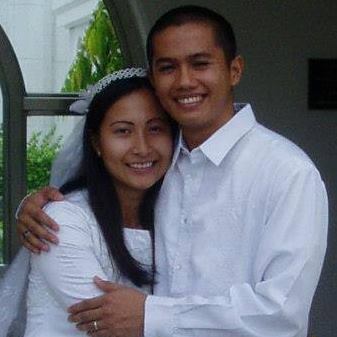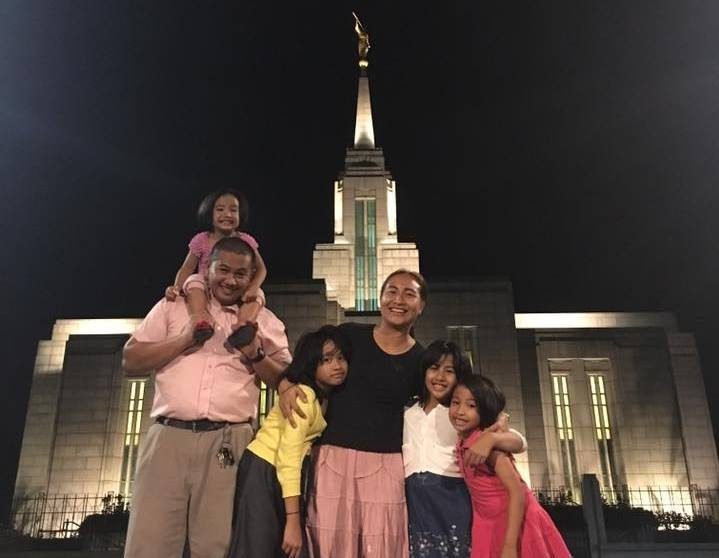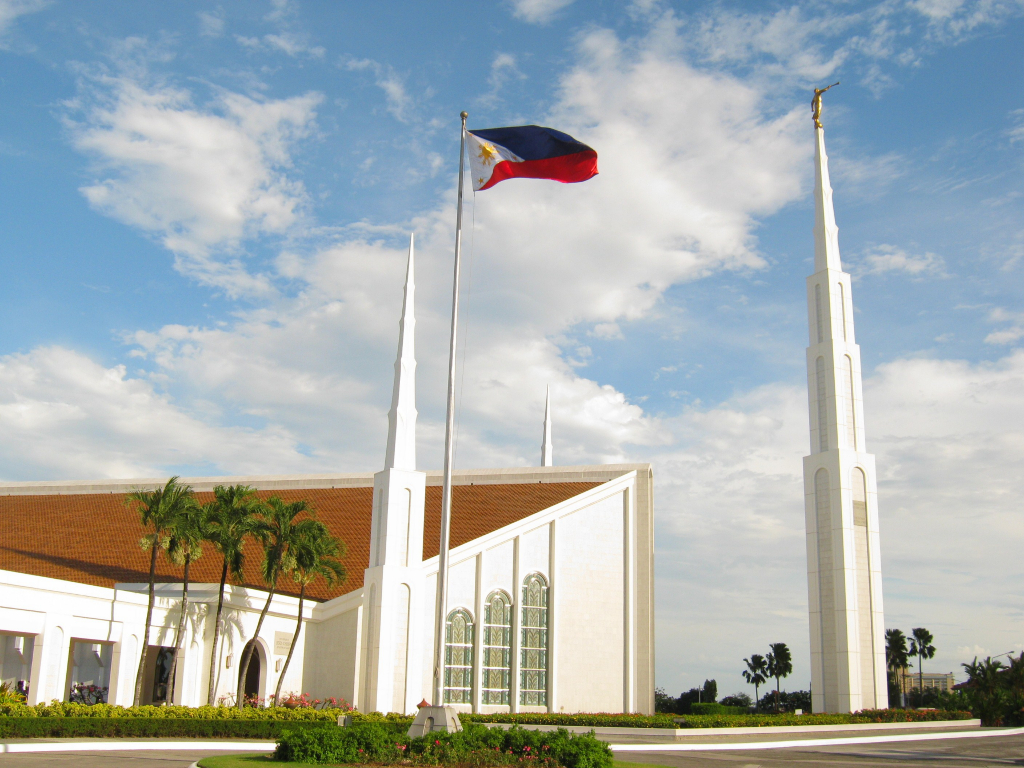Mormons, members of The Church of Jesus Christ of Latter-day Saints, strive to be worthy to go and worship in temples. They visit as often as they can and find strength therein. But although Mormon temples are very prominent and beautiful buildings, there is so little said about what goes on inside. Naturally then, you might wonder, “Why are temples so important to the Mormon faith?” and “Why don’t they openly talk about what they actually do inside?”

Sacred vs Secret
There is a vast difference between sanctity and secrecy. Those who perform ordinances inside Mormon temples do not divulge the activities to the public because they are sacred. These are available only to those who are worthy and have sincere intent. They are not secret because they need to be kept hidden. These ordinances are sacred because they need to be kept pure and undefiled. The blessings of temple ordinances are available to all. There is no bias or prejudice. Mormons follow specific steps to be worthy to enter temples. This process is a form of purification through which those who seek to come to the temple find joy and have their lives blessed.
So what goes on inside Mormon Temples?
Endowment
This ordinance is a beautiful reminder of who we are and why we are here on earth. Heavenly Father prepared a beautiful plan for us even before the world was created and the endowment teaches this eternal truth. This is a beautiful reminder that good will always prevail over evil. This session gives specific instructions to help us in this mortal life and as we prepare for the eternities. We make sacred covenants and become spiritually renewed in the process.

Eternal Marriage
Mormons perform eternal marriages inside temples. During the ceremony, a couple is bound for time and all eternity. The marriage performed here rises above “til death do us part”. As a man and a woman make sacred vows to each other, they also make covenants with the Lord. Couples married inside the temple are to put highest priority on their spouses, second only to their relationship with the Lord. Mormons believe that eternal marriage allows them to have their spouse and their future children bound to them forever as they are obedient to the laws of the Lord.

Family Sealing
Those whose parents were not originally married in the temple will have the same opportunities as those who have been through the ordinance of eternal marriage. This is called the sealing ordinance. Married couples are sealed for time and all eternity and if there are children, they too are sealed to their parents through this sacred ordinance. This ordinance binds families together so strongly that even death cannot separate them for long, giving them the precious promise that they can be together again in the next life, if they follow the commandments the best they can during their lives. Mormons put great importance on family relationships.
Vicarious Work
Mormons perform ordinances for the dead in temples. Those who have already departed no longer have the chance to perform sacred ordinances in the temple for themselves. They need the love and effort of those who are living. Inside the temple, this beautiful proxy work is possible. Living family members or friends of deceased persons perform baptism, confirmation, endowment, marriage, and sealing for the departed. They do all these ordinances in behalf of the dead. Mormons believe that the mercy and the love of God reaches even the afterlife. The vicarious work done in Mormon temples is a beautiful example of this.
As we look at the things that go on inside Mormon temples, we see how the Lord has prepared a way for His children to find joy and peace in this world. We see that He is mindful of the individual lives of His children. He has the perfect remedy for all our struggles and worries. Mormon temples are oases for personal healing and a source of strength for families. With these available to everyone, what goes on inside Mormon temples is no secret at all. It is a loving reminder that what is most important in this life is worth all of our effort and preparation.




